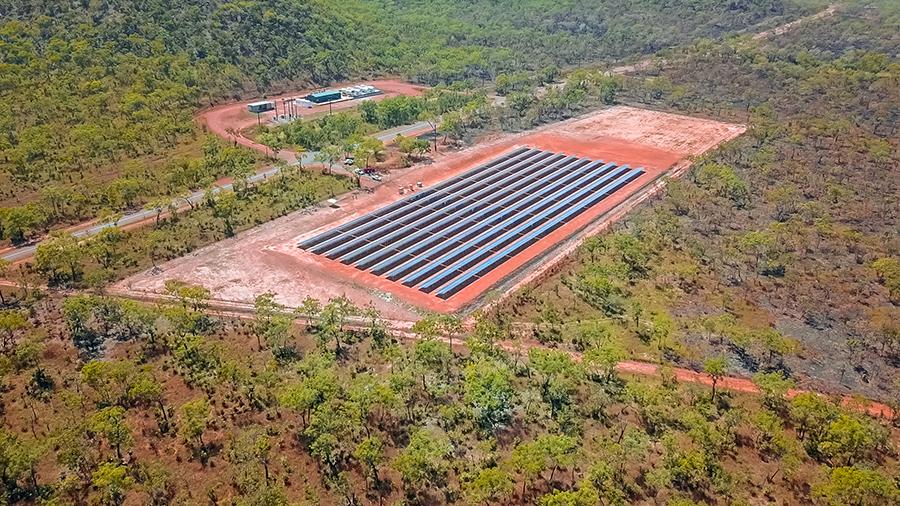Maintaining a reliable power supply in remote, off-grid areas of Australia can be challenging.
Many isolated Indigenous communities rely on diesel generators for their electricity. However, more and more remote communities are integrating solar power into their electricity generation systems, reducing fuels costs and their reliance on the transportation of diesel fuel into remote locations, and reducing carbon emissions.
Following a successful roll-out of the Solar Energy Transformation Program in late 2019, 28 remote communities and 29 outstations in the Northern Territory are now benefiting from electricity generation systems being augmented by solar power. The program is run by the Northern Territory Government and the Power and Water Corporation’s not-for-profit subsidiary Indigenous Essential Services, with co-funding from the Australian Renewable Energy Agency.
The total capacity of these solar systems is 10MW, with 9MW distributed among 56 communities and outstations and 1 MW located at Daly River. The Daly River facility combines the solar array with a 2MWh battery system alongside the existing diesel generator.
The roll-out has many environmental benefits: solar generation targets of 15% of capacity across the smaller sites have been met, while at Daly River the battery augmented system has exceeded its target with a contribution of over 55% renewable energy provided to the community and outstations. Estimated savings on diesel will avoid 250,000 tonnes of carbon dioxide emissions over the program’s 25-year lifespan.
